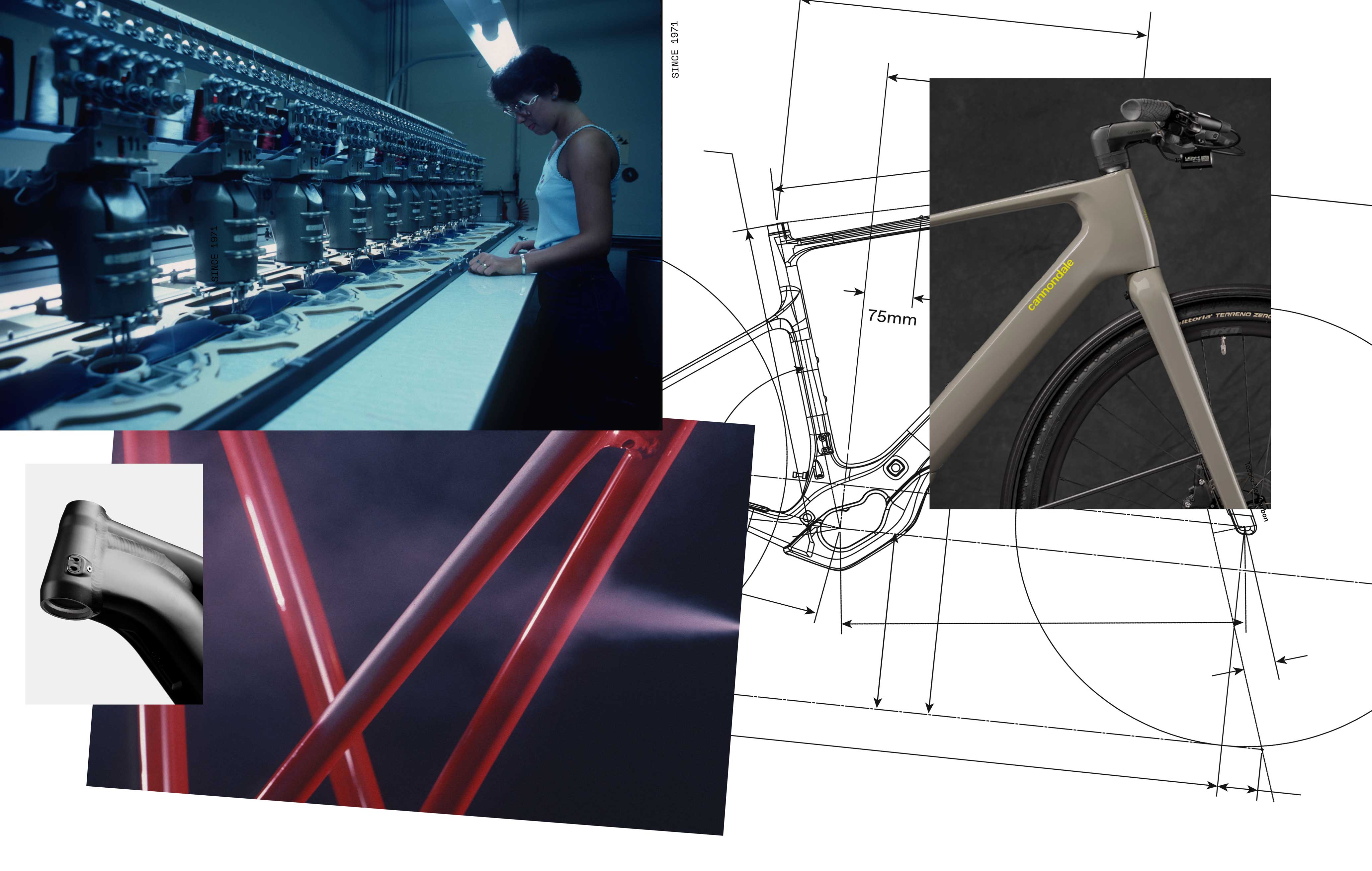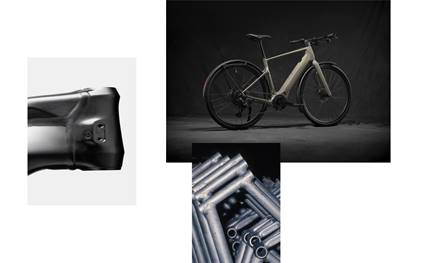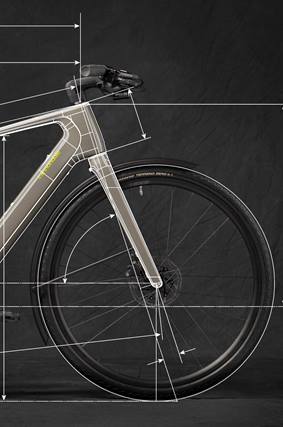Carbon vs. Alloy: A Commuter’s Question

Why Tesoro Neo lightened up, and why carbon fiber makes a great choice for an urban e-bike.


Tesoro Neo Carbon's frame is derived from our award-winning endurance road bike, the Synapse, but here, it's built up with parts that make it more suited to the urban environment than 100-mile rides through the Alps. So, how did we take a bike engineered for long-distance road cycling, and turn it into the ultimate urban e-bike? And why would anyone be willing to pay a premium for it?


Different Parts = Different Purpose
To understand the transition from Synapse to Tesoro Neo Carbon, it's important to first understand bicycle geometry. The term "geometry" refers collectively to the various angles and proportions of a bike frame's different elements: the seat tube angle, head tube length, and dozens of other measurements.
Because Synapse and Tesoro Neo Carbon share their frame, they share geometry. The relatively tall head tube helps create a more upright riding position, and the somewhat extended wheelbase means a ride that's more stable, less twitchy, particularly at higher speeds. While these geometry details, in concert with many others, create a more comfortable and easy-going nature than, for example, our sharply-focused race bike, the SuperSix EVO, they still create a bike that's more lively and responsive than the vast majority of urban e-bikes.
But the Tesoro Neo Carbon's biggest difference to the Synapse is found right in your hands: the handlebar. Sometimes also called the bike's "cockpit," the type of handlebar and stem up front can drastically alter a bike's demeanor, and here, Tesoro Neo Carbon's flat handlebar and shortened stem create a more upright, casual riding character. And yet, because the bike's geometry and carbon frame are still derived from the Synapse, it's still an incredibly lithe and agile bike. We feel it strikes a perfect balance.


Carbon vs. Alloy: Key Differences
The shift from aluminum alloy to carbon fiber represents a huge leap forward in a bicycle’s performance when we're talking about the construction of its frameset. While it is often notably more expensive, it represents several advantages that make it so, all of which certainly apply to Tesoro Neo Carbon.
The most notable difference is that of weight. Most carbon fiber frames are, at the very least, several hundred grams lighter than an alloy equivalent, which can constitute a significant percentage of a frame's weight. And because mass is the enemy of all bicycle dynamics – accelerating, braking, turning, etc. – that saved weight means better acceleration, better braking, better handling, and in the case of e-bikes, better overall range.
A second significant advantage to carbon fiber is its pliability. By this we mean the degree to which we can control the material itself when creating the frame. A handful of single-piece tubes creates an average alloy frame once welded together, but a carbon frame is made from hundreds of pieces of carbon fiber, each with tens of thousands of fibers. Where and how these pieces are layered in the frame's mold informs a bike's ride characteristics, like its stability at speed, the sharpness of its handling, or the smoothness of its ride. We refined the Tesoro Neo Carbon to be superb in all of these areas.
Which brings us to carbon's third advantage over alloy: the ride. Being fibrous in nature, carbon has a dampening effect on vibration. When ridden over bumpy or erratic surfaces, or taking large impacts, the frame absorbs a significant portion of the shock, more of which is otherwise transferred to the rider when riding an alloy frame. It’s a difference you’ll feel right away.




Like what you see?
Here are some of the Cannondale products featured above: